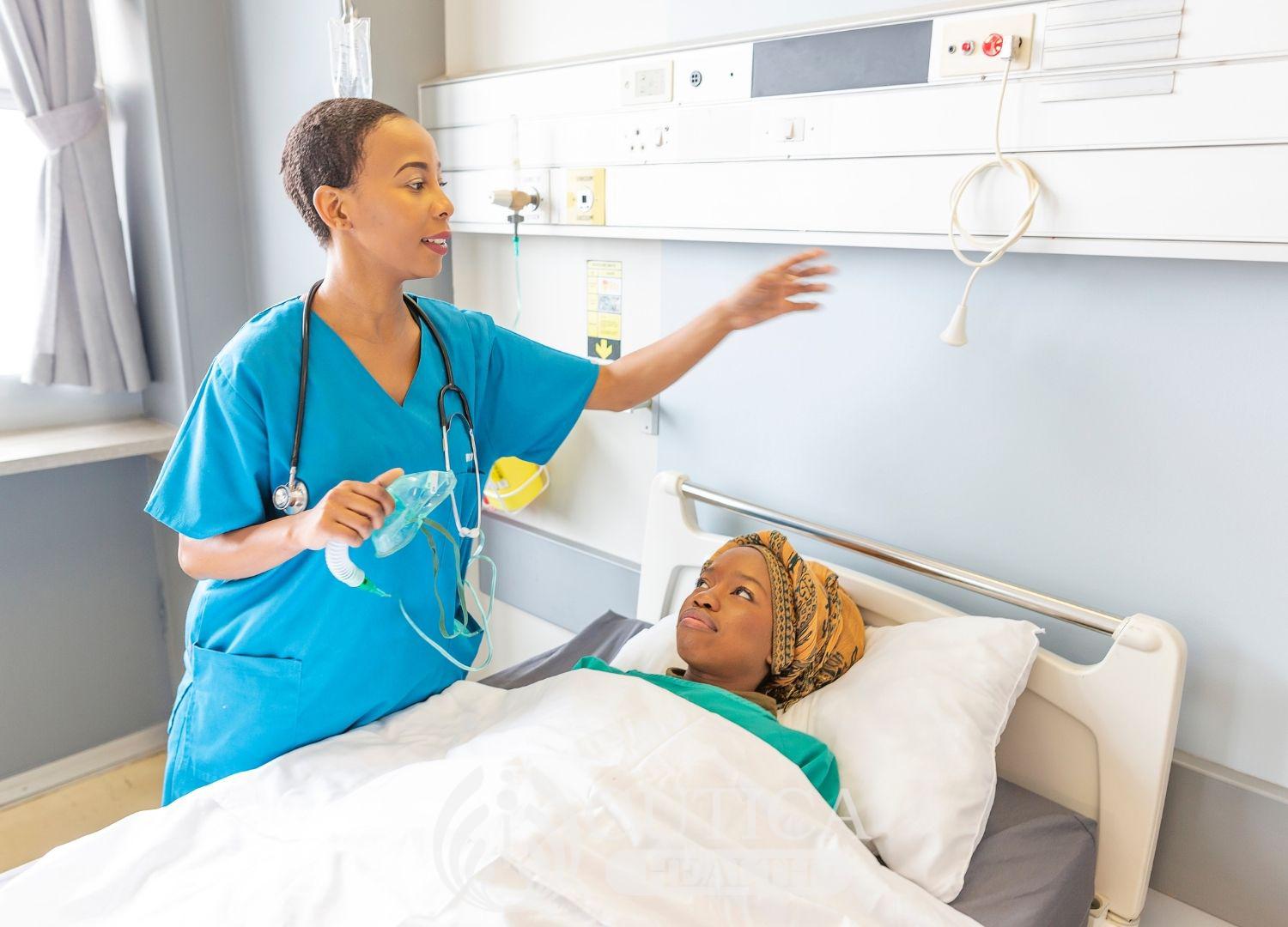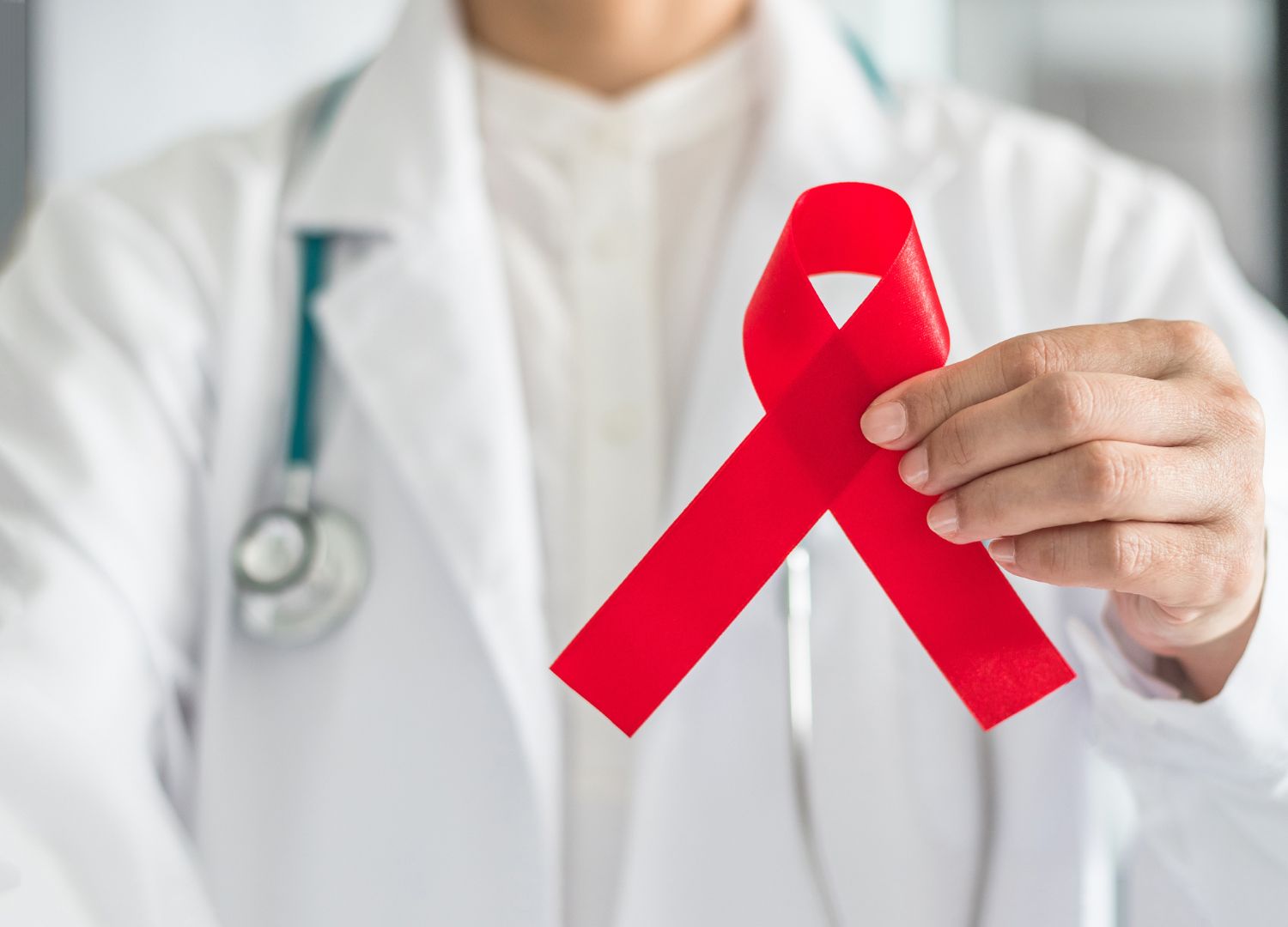
Tuberculosis remains a global health problem despite measures put in place to curb its spread and eradicate the disease. It is one of the oldest infectious diseases to exist. It affects over 9 million people worldwide, with Africa bearing the brunt of the burden.
Tuberculosis is an airborne disease. It is spread via inhalation of droplets from an infected person. Droplets can be released when coughing, sneezing or even laughing. The disease primarily affects the lungs, however, when effective early treatment is not instituted, it can spread to other parts of the body.

In healthy individuals, the disease is usually contained as the immune system is able to put up a fight against the bacteria, killing it or limiting its spread. When the bacteria are still present in the body but contained, it is known as latent disease. Conditions like AIDS or malnutrition compromises the immune system leading to a conversion of the infection from a latent one to an active one. TB is associated with myriad complications, which contribute to its high morbidity and death rates.
While the number of cases appears to be decreasing in Western countries, there’s been a recent surge in the number of cases in Africa, especially Sub-Saharan Africa. This unprecedented growth and burden is attributable to a number of factors with the HIV pandemic being the most notable as it has been found to be the commonest co-existing condition in people who die from AIDS.
TB is the ninth leading cause of death worldwide and the first single cause from a single infectious agent. In HIV positive patient, TB has been found to be the leading killer. In 2016, 10.4 million people fell ill with TB and a quarter of those people were from Africa. In the same year, 1.7 million people died from TB globally with over 25% of these deaths from the African region. Apart from the HIV pandemic, political instability and poverty have in no small way contributed the slow progress of implementing effective control measures.

The disability caused by the disease is of significant impact. Jobs and sources of income are lost and there is also an overall reduction in productivity. The burden of this disease cannot be ignored. There are direct monetary costs borne by the government to drive the eradication of the disease. The cost of diagnosis and treatment are shared by government and individuals as anti-TB medications are freely given at health centers.
Directly observed treatment, the proposed method for treating patients diagnosed with the disease is not easily implemented due to lack of man power and adequate facilities. Directly observed treatments allows patients to take their medications, observed by a health worker while on admission in a TB ward. Patients are usually confined during the most infectious period of the disease, usually the first 2 to 3 weeks. This helps in ensuring compliance and reducing the spread of the infection, however, pill burden and prolonged duration of treatment often leads to poor drug compliance and treatment failure, which further spreads the infection.
Governments now need to ensure they improve systems for prompt disease notification, diagnosis, and treatment of TB cases to stop the disease in its tracks.
Sub-Saharan Africa bears the highest TB burden. TB continues to be a problem with many deaths and disabilities attributable to the disease. A declaration made in Abuja in 2013 targeted the ending of TB in Africa by the year 2030. While progress appears to have been initially made, there seems to have been a resurgence of the epidemic.

The burden of TB in this region can be significantly reduced with early diagnosis and management. Institution of policies and structures to avoid the breakdown of set measures and see to the achievement of targets will go a long way in tackling the problem.












